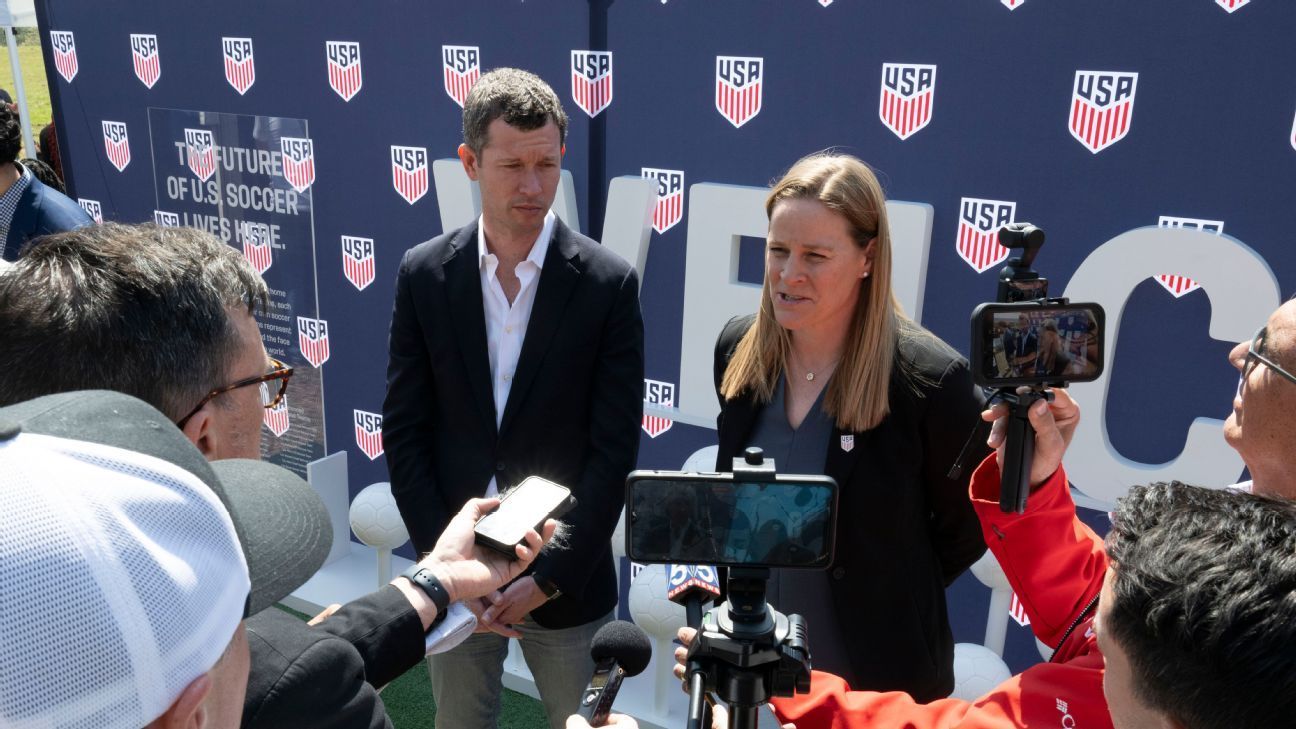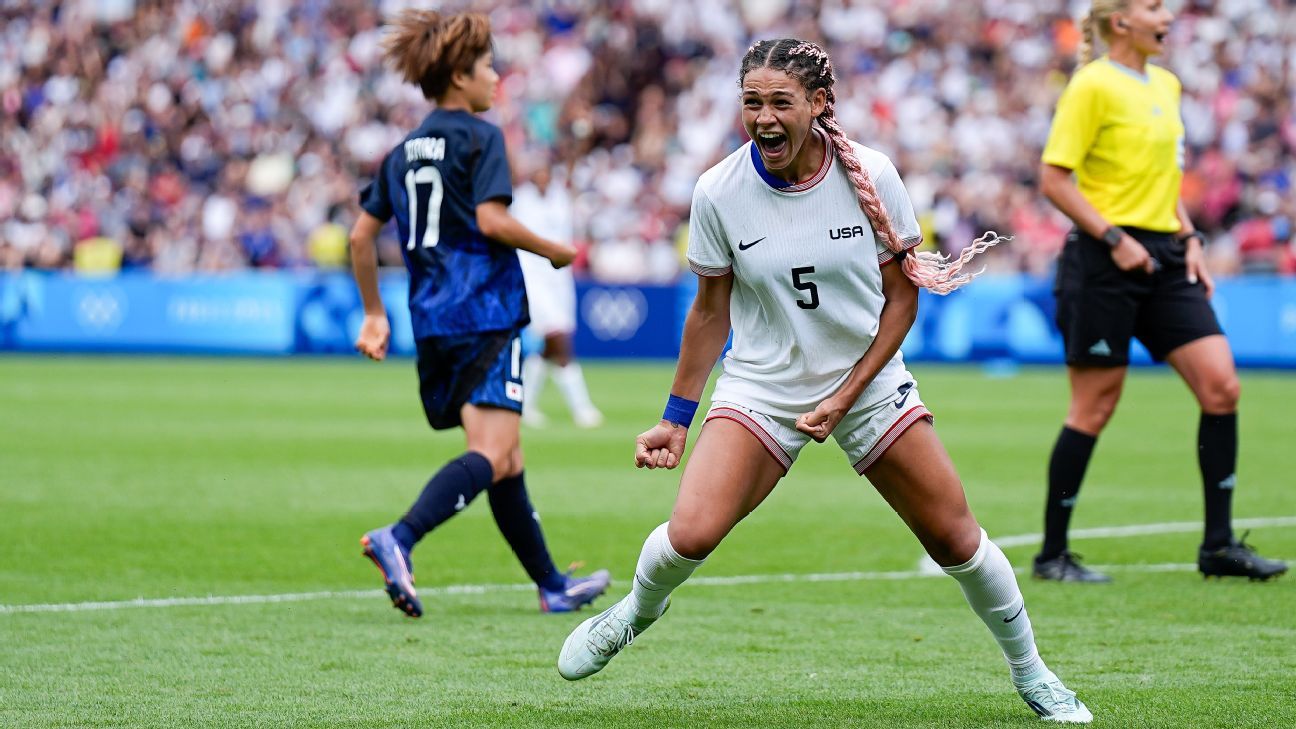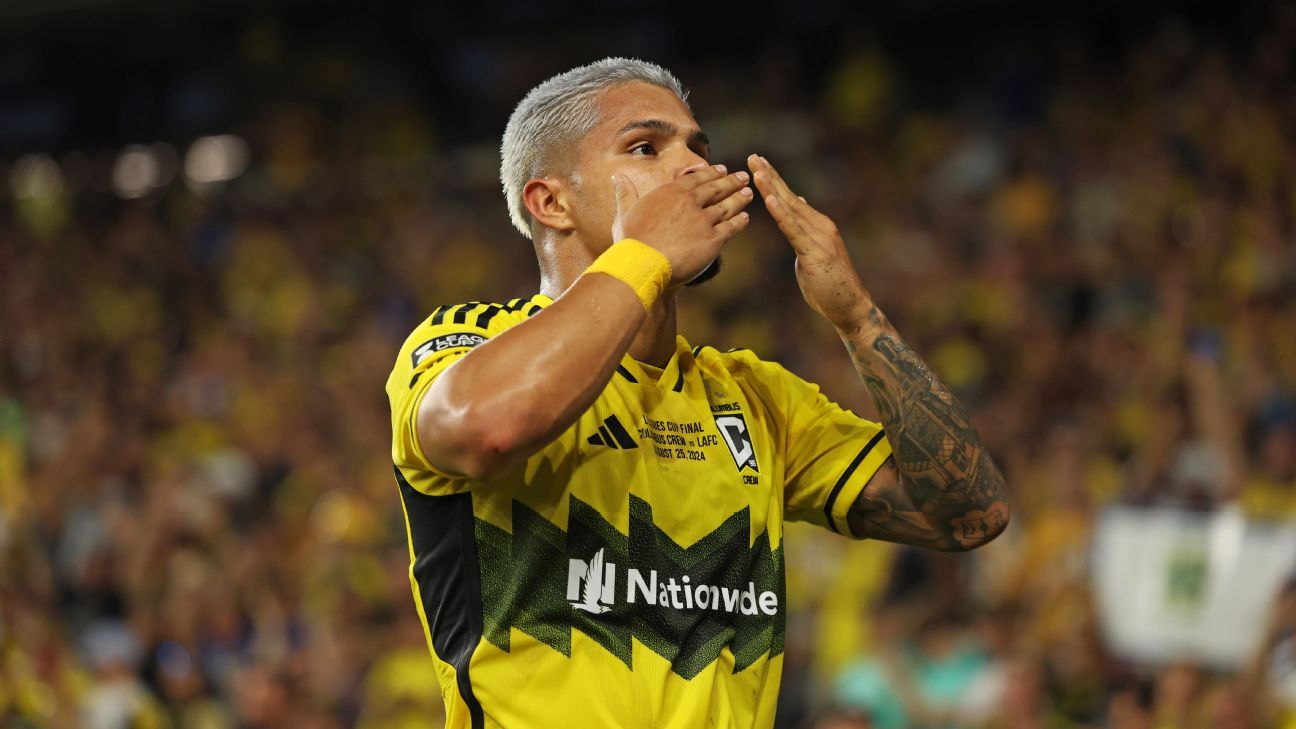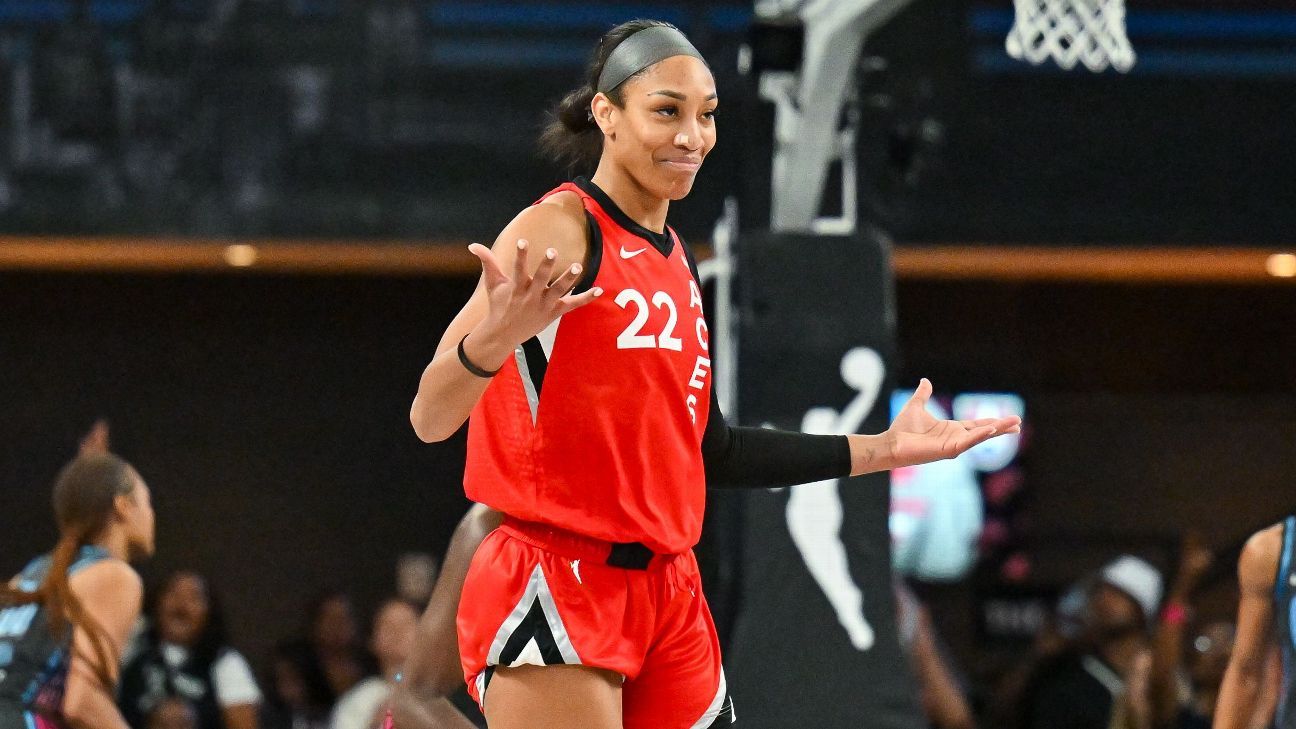On June 20, the United States will officially begin hosting the Copa América for the second time, after having hosted the 2016 Copa América Centenario. Just like eight years ago, a Copa América on American soil appears to be one of the spectacles of biggest (and most lucrative) football matches on the calendar.
Reigning Cup and World Cup champions Argentina, with a Lionel Messi in tow, will compete, as will five-time World Cup champions Brazil. The U.S. men's national team will also participate, which should raise the team's profile heading into the 2026 World Cup, which the United States is hosting along with Canada and Mexico.
But unlike the 2016 edition, which funded the activities of the United States Soccer Federation for the following years, this time the Copa América will offer a much smaller financial benefit to the host country.
In 2016, US Soccer earned about $75 million for hosting the Centennial, based on federation financial disclosures as well as recollections from multiple federation sources, both past and present. Additionally, Soccer United Marketing, or SUM, the marketing arm of Major League Soccer, won the bid to sell sponsorships for the tournament and helped US Soccer with ticket sales, pumping even more money into the US soccer ecosystem.
US Soccer's cash on hand soared from $65.4 million at the end of fiscal 2016, which ended March 31, 2016, to $104.6 million at the end of fiscal 2017. That cash injection from Centennial meant US Soccer could operate at a deficit, spending more than it took in for years.
This time, however, US Soccer can't expect the same influx. According to federation sources, as well as the federation's 2024 Report Book, the US will receive $10 million, plus a 5% “penalty fee” on ticket sales (after sales taxes and installation fees). Sources expect that percentage to amount to between $10 and $15 million, making the federation's total haul for hosting the Copa America between $20 and $25 million.
So why the much smaller windfall? In large part, it is due to the evolving state of international football policy at confederation level.
Hosting rights for the 2016 Centennial were first awarded to the United States in May 2014, and a year later, the respective leaderships of Concacaf and CONMEBOL were cleared by the US Department of Justice's investigation into corruption at FIFA.
Jeffrey Webb and Jack Warner, then president and former president of Concacaf, were among those accused of extortion and bribery crimes. Chuck Blazer, the general secretary of Concacaf, had already pleaded guilty. Nicolás Leoz and Eugenio Figueredo, both former CONMEBOL presidents, were also charged. Additional indictments were issued against Webb's successor, Alfredo Hawit, and CONMEBOL president Juan Angel Napout.
The company that owns the tournament's media rights was also embroiled in the legal scandal, having doled out what the U.S. Department of Justice described as “tens of millions of dollars” in bribes. That allowed US Soccer's former partner, SUM, the opportunity to step in and grab some of those rights.
The allegations put the tournament at risk, but at the urging of then-president Sunil Gulati and then-chief commercial officer Jay Berhalter, US Soccer was willing to step in and assume all of the financial risk by covering the organization's overall costs. This allowed Gulati and Berhalter to obtain favorable contract terms that gave US Soccer more tournament revenue, especially from ticket sales, through a local organizing committee (LOC) that essentially ran the tournament. Any profits the LOC made would go directly back into the federation's coffers.
None of this was easy to convince the US Soccer board of directors, who needed to approve the plan to host the event. Following the allegations, there were concerns about the reputational damage of doing business with Concacaf and CONMEBOL in such close proximity. There was also the short preparation time for the tournament, as well as the financial risk of putting money up front to pay for overhead costs. In fact, US Soccer's board of directors voted against hosting the tournament as late as the fall of 2015, only to ultimately become convinced that hosting it would be beneficial to US Soccer.
“In the end, we stressed to the board of directors the importance of the event for Concacaf and CONMEBOL as part of their [financial stability] go ahead,” Gulati told ESPN.
The tournament turned out to be a great success. Attendance reached almost 1.5 million and an average of 46,370 spectators per game. And in this case, a good part of the loot went to the host.
Multiple sources tell ESPN that this reality was later trapped in CONMEBOL. After the tournament, it became clear that COMNEBOL had left a lot of money on the table, and later created some tension between US Soccer and the South American confederation. But the alternative was not to hold the tournament, an unpopular idea given the precarious state of each party's respective finances.
By January 2023, the governance of both Concacaf and CONMEBOL had stabilized and the two confederations signed a collaboration agreement in January 2023 when the 2024 hosting rights were awarded to the United States. In more practical terms, CONMEBOL (and to a lesser extent Concacaf) were not willing to lose themselves financially again.
The 2024 Cup is a joint venture between CONMEBOL and Concacaf in which the two confederations share most of the profits, and US Soccer will receive the aforementioned $10 million, plus 5% on ticket sales. . US Soccer will have no role in the actual development of the tournament. There is also a feeling, at least in theory, that the member associations, and not just the United States, should benefit from the tournament's profits, which are expected to eclipse those of 2016.
“He [2016] The tournament was extremely popular. I mean, we sold a lot of tickets very quickly,” said then-SUM President Kathy Carter. “Now, with the progress they have, I anticipate it will be equal to, if not greater than, what we experienced eight years ago. “
There is a view in some quarters of the federation that the United States could have negotiated a better deal. Other sources respond that US Soccer did quite well considering they are not doing any of the heavy lifting involved in organizing the tournament.
When asked if the federation could have extracted more money from the tournament, US Soccer CEO JT Batson said: “We're incredibly excited to be participating in the Cup and we think it's going to be great for our team and it's going to be great for the country. in the period leading up to 2026”.
Certainly, the financial benefits to the United States from hosting the 2024 World Cup are more modest, but there is something to be said about the tournament preparing the market for the 2026 World Cup, which will be held jointly with Canada and Mexico. The U.S. men's national team will also benefit from having a number of competitive games that it would not otherwise see in this cycle, as there is no World Cup qualifier to keep the team in shape.
US Soccer will receive $2 million just for the USMNT participating in the Copa América, plus additional prize money if the team advances to the knockout rounds. But under the most recent collective bargaining agreement signed with the USMNT, 70% of any prize money will go to the players, and another 9% will go to the pool of money divided between the men's and women's national teams. US Soccer will receive the remaining 21%, which will amount to $840,000 if the USMNT exits the tournament in the quarterfinals. Suffice it to say that US Soccer's coffers will not receive the huge influx of cash it received in 2016.
It is clear that US Soccer's influence at the Concacaf and FIFA level is at its lowest point, also due in part to the sharp changes in the federation's leadership.
Previously, people like Alan Rothenberg, Gulati and former President Carlos Cordeiro spent decades cultivating relationships within those organizations. That's something current US Soccer president Cindy Parlow Cone, who has been in her position for four years, as well as Batson, who was hired 20 months ago, can't match yet. That may change over time, and Cone was named to the Concacaf Council in 2023. Still, frosty relations between Cordeiro and some elements of the current American soccer leadership mean his position as senior advisor to FIFA president Gianni Infantino, it is not something that can be used to the maximum.
For now, however, US Soccer will have to be happy with the agreement it has closed and hope that the Copa América ends up preparing the engine for the 2026 World Cup.












